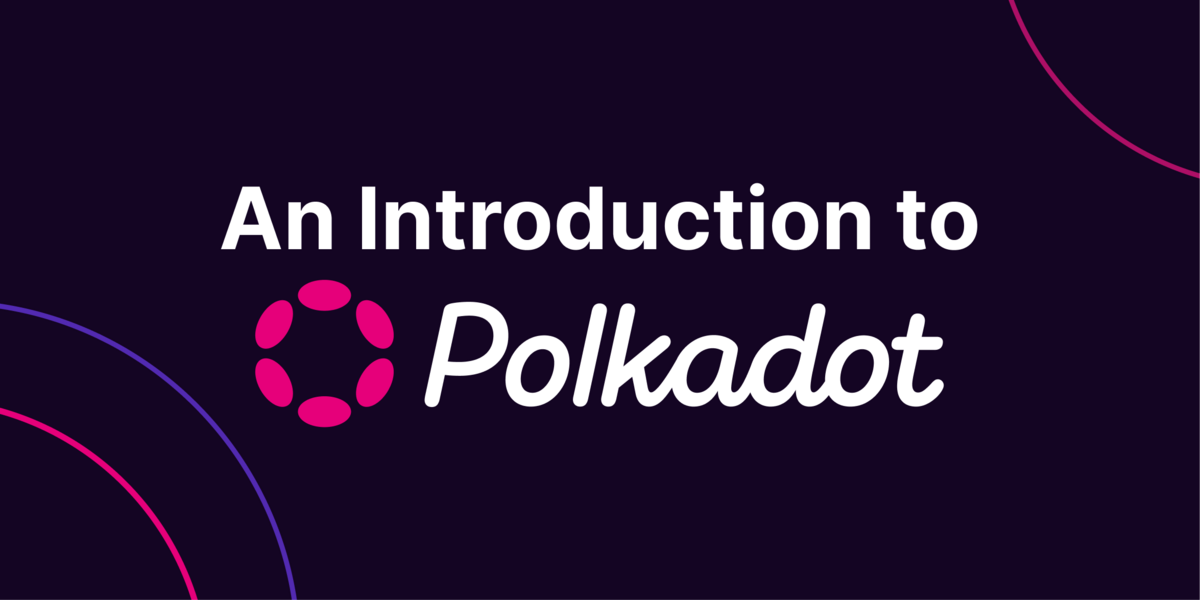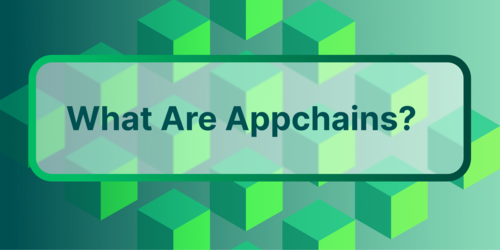To understand what are Polkadot Parachains and how do the Parachain Auctions work, you can refer to our earlier article here.
You’ll need at least 5 DOT to support a blockchain in the Polkadot parachain auctions. That’s the minimum contribution for most projects. The DOT you contribute has to be unbounded and unstaked.
You have two ways to support a project in the Polkadot parachain auctions:
Participate in the Polkadot Parachain Auctions Using a Centralized Exchange
This is the easiest way for most people to take part in the Polkadot parachain auctions. Centralized exchanges provide a great user experience, and the contribution process is more streamlined. As an added bonus, if the project’s native token is already listed on the exchange, you can start trading it immediately.
Also, on Binance, you get liquid DOT (BDOT) that’s pegged 1:1 to the DOT you contributed.
If you want to participate in a crowdloan via an exchange, Kraken and Binance are your best options because of their excellent user experience. For this example, we'll be using Binance and below is a step-by-step guide you can follow:
Step 1: Log in to your account.
Step 2: Transfer DOT to your wallet or buy some if you don’t have any.
Step 3: Go to the parachain section.

© binance.com
Step 4: Find the project you want.
Step 5: Click on “Contribute” or “Vote” depending on the exchange.

© binance.com
Step 6: Confirm your contribution.
Participate in the Polkadot Parachain Auctions Using Polkadot’s Native Extension
This process is a bit more complicated, but you get to contribute your DOT directly.
Here’s how you can set up the extension:
Step 1: Download and install the Polkadot JS extension from your browser by clicking the download button.
If you have a Polkadot account, you can export it directly to the extension. If you don’t, you’ll have to create one. It’s important to store your seed phrase somewhere safe, and don’t share it with anyone!

© Tanyo Gochev
Step 2: After setting up your account, create a name and password.
You confirm each transaction with the Polkadot JS extension using your password, so make sure it’s strong and you can remember it.
So far, so good?
Step 3: Go to Polkadot apps, navigate to the Polkadot parachain via Parity, click on “Accounts”, and press “Add account.”
Step 4: Delete the seed phrase in the mnemonic outlook, add your seed phrase, insert your password, and you’re good to go.
How to Send DOT to Your Polkadot JS Account?
It’s time to load up your account with some DOT, so you can contribute to the auctions. You have two ways to send DOT to your account, either from an exchange or from another JS account.
How to send DOT to your account on Polkadot JS extension:
Step 1: Make sure you’re on the right network, aka the Polkadot Relay Chain.
Step 2: Then send DOT to your JS address, which you can find in the extension.

© Gavin Wood | Polkadot
Step 3: You’ll see your DOT in the balance section of your account when the transaction is completed.
Now, you can start contributing to the projects you like the most. Here’s how to do it:
-
Go to the DOT JS web terminal.
-
Click on “Network.”
-
Press “Parachains.”

© Tanyo Gochev
-
Then click on “Crowdloan” to see a list of all the projects applying for crowdloans.
-
Find the project you like and click “Contribute.”

© Tanyo Gochev
-
Insert the amount of DOT you want to allocate.
-
Press “Contribute.”
-
Insert your password to sign the transaction. Your contributions will appear in the raised tab next to the contribute button.
-
Congrats, you’re now part of the Polkadot parachain auctions.
Important note: Leave at least 1 DOT in your Polkadot JS wallet. If you have less than that, your wallet will be deleted. If that happens, the parachains won’t have an address to send your reward tokens and your original contribution.
Wrapping Up
For most people, it makes sense to participate in the Polkadot parachain auctions via an exchange. The process is more straightforward, and it would be harder to make costly mistakes.
For people who don’t want to use a centralized exchange and want to support their favourite project directly, the Polkadot JS extension is the way to go.
Related:
Watch this guide on Polkadot blockchain ecosystem

Tanyo is a freelance crypto and blockchain writer. He loves writing, crypto, and Big Macs. Follow the author on Twitter @TanyoGochev





 Or check it out in the app stores
Or check it out in the app stores
